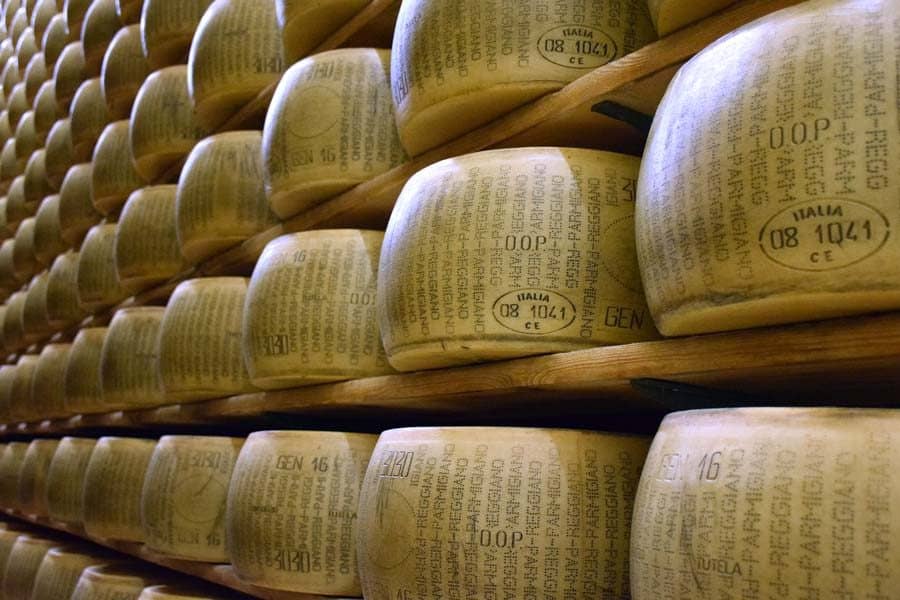How is Cheese Made?

Like great Italian wines, cheeses are made with utmost care and quality in Italy. Each dairy farm produces cheese that is native to that region. A Bari Ricotta will taste different from a Novara Ricotti. Italian dairies are especially proud of their cheeses, and even have their cheeses officially labeled DOP, which stands for: Denominazione di Origine Protetta, or Denomination of Protected Origin. Because these dairy farms only produce high quality cheeses, they take great strides to let people know what they are eating is created by artisans through traditional methods. Luckily for the rest of the world, the process of cheese making is no secret. Here is how most cheese making processes occur, not only in Italy but around the world.
An important factor of cheese making begins with this: What animal produced the milk. Milk from a cow tastes different from that of goat’s milk and both of these are very different from buffalo milk. The choice of milk will definitely impact the taste of the cheese. Another important factor in what a cheese will taste like is the diet of the animal producing the milk. Hays, grasses, fruits and nuts can all create a very different notes and flavors within cheeses. The cheeses themselves can become very bitter or become almost muted, based on milk alone. Once quality milk has been acquired, it can be pasteurized or heat treated to ensure that the milk will be safe for use.
Next, is where the true defining of flavors and texture occurs. Good bacteria are cultured and added to the milk, which will play an important role in the heating of the milk. In addition to bacteria being added, a milk-clotting enzyme called rennet is then added to coagulate the milk, causing it to become a pudding like mass. Once that mass has formed, depending on how much is made, the mixture will be cut into smaller pieces so that the liquid can be separated from the solids. Curds cooked at lower temperatures will produce softer cheeses like Ricotta and Mozzarella, while hotter temperatures will produce harder cheese Romano and Parmigiano.
Once the curds have achieved a good firmness, they are then molded together through handling. Other ingredients can then be added to the cheese, such as nuts, salt, or even other bacteria (which is how blue cheese is made). The curds are then pressed into blocks or wheels, depending on the style of cheese that will be made.
The last process in cheese making is curing. Depending on the type of cheese, cheese makers may choose to place the cheese in a temperature & humidity controlled room for months, or even years to age the cheese to the perfect flavor and texture.
If ever you’re in the mood to try a new cheese, be sure to bring it over to Italian Garden and try it with some of our famous dishes! Check out what we have to offer here at: https://italiangardensmtx.com/menu/.

